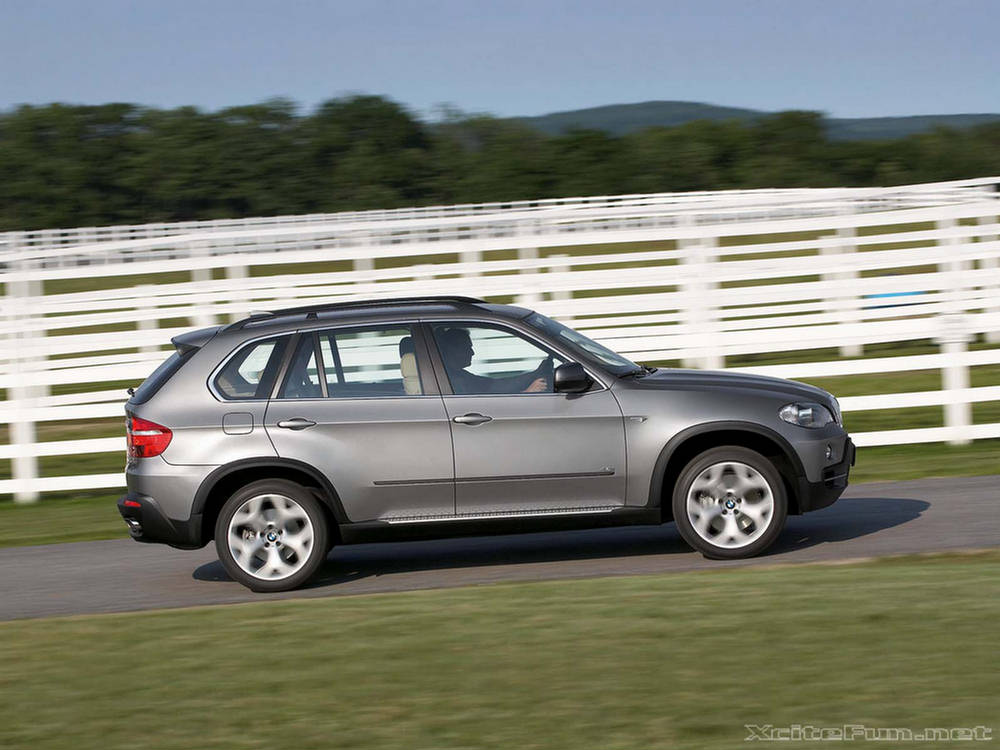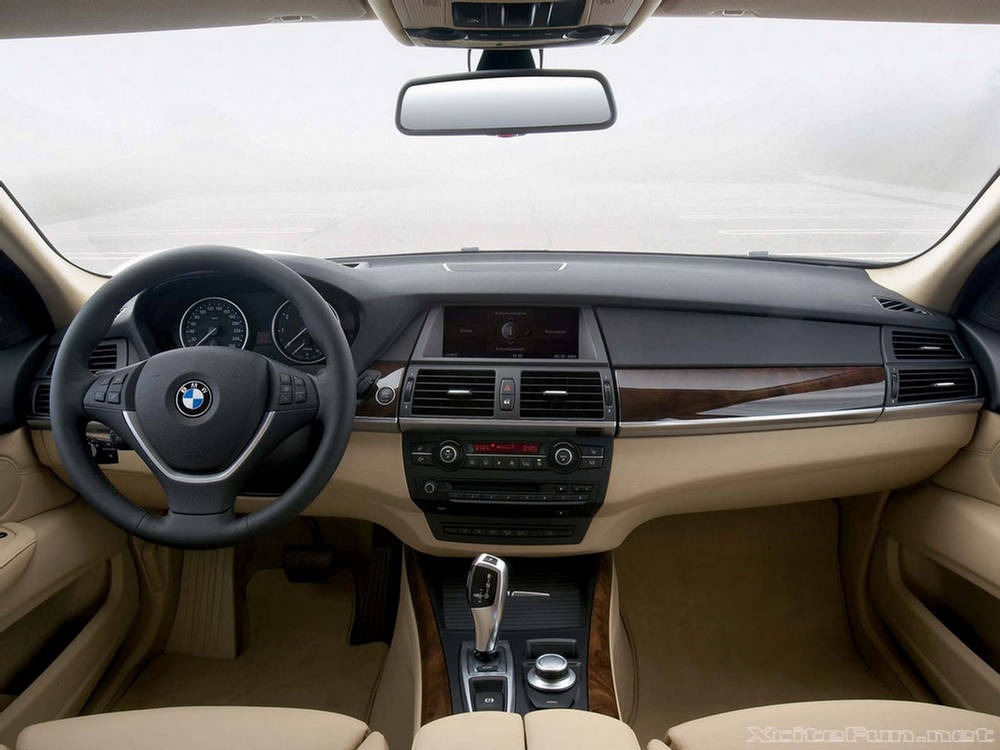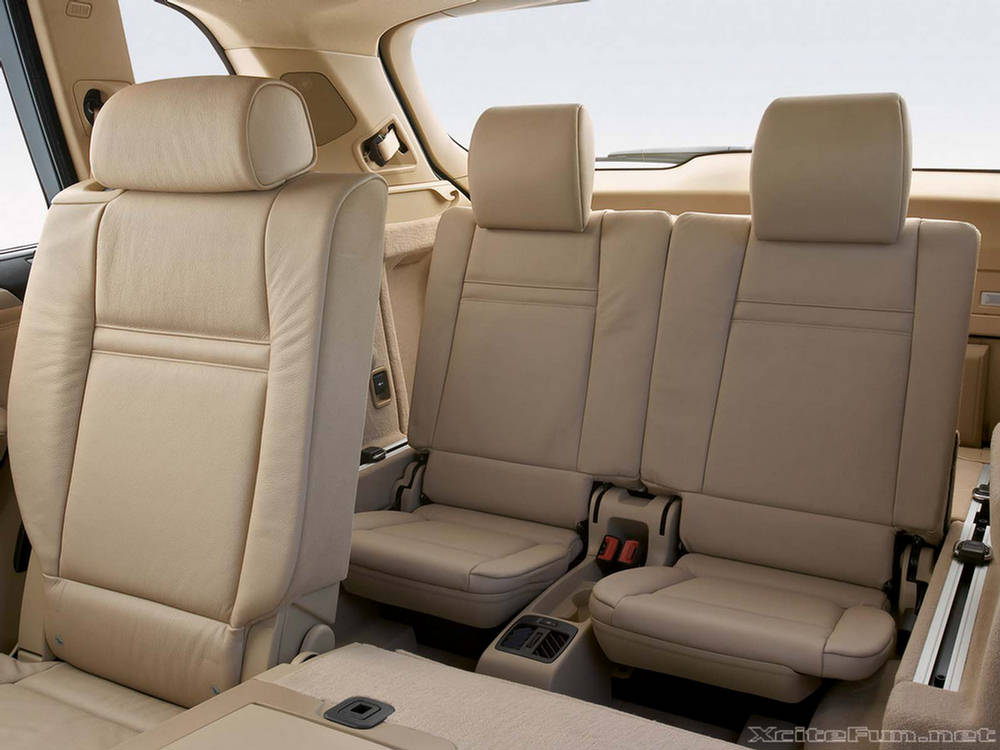
Most importantly, the added length now gives the X5 more cargo space than a BMW 5 Series wagon. The increased size also results in a more planted, station-wagonlike appearance compared to the tall-and-tippy look of the original X5.

If there was a flaw in the original X5's driving dynamics, it was the luxury SUV's stiff ride quality. BMW addressed that issue on the second-gen X5 by fitting a new double-wishbone front suspension, the first non-strut type BMW front suspension since 1961. The smooth ride is particularly impressive given that all X5s now wear run-flat tires.

The BMW X5 offers two new engine choices: A 260-horsepower inline six-cylinder engine is standard on the X5 3.0si, and a 350-hp 4.8-liter V8 is included on the X5 4.8i. An improved xDrive all-wheel-drive system is also standard and further enhances the X5's all-weather capability.

Our editors have found the interior furnishings quite handsome in BMW's biggest and newest SUV, with comfortable seating for the driver and rear passengers. The materials are of excellent quality and the craftsmanship is top-notch. The only sour notes in the interior are the controversial nature of the iDrive system interface and the small size of the third-row seat, which makes it impractical for use by adults.



